Introduction: The Power of Strategic Resource Management in Team Excellence
In today's competitive landscape, building high-performing teams hinges on efficient resource allocation. The right tools not only streamline project execution but also foster collaboration, transparency, and strategic growth. This article explores how innovative resource management solutions empower organizations to optimize their workforce, enhance productivity, and achieve sustained success.
Understanding the Core Features of Resource Allocation Tools
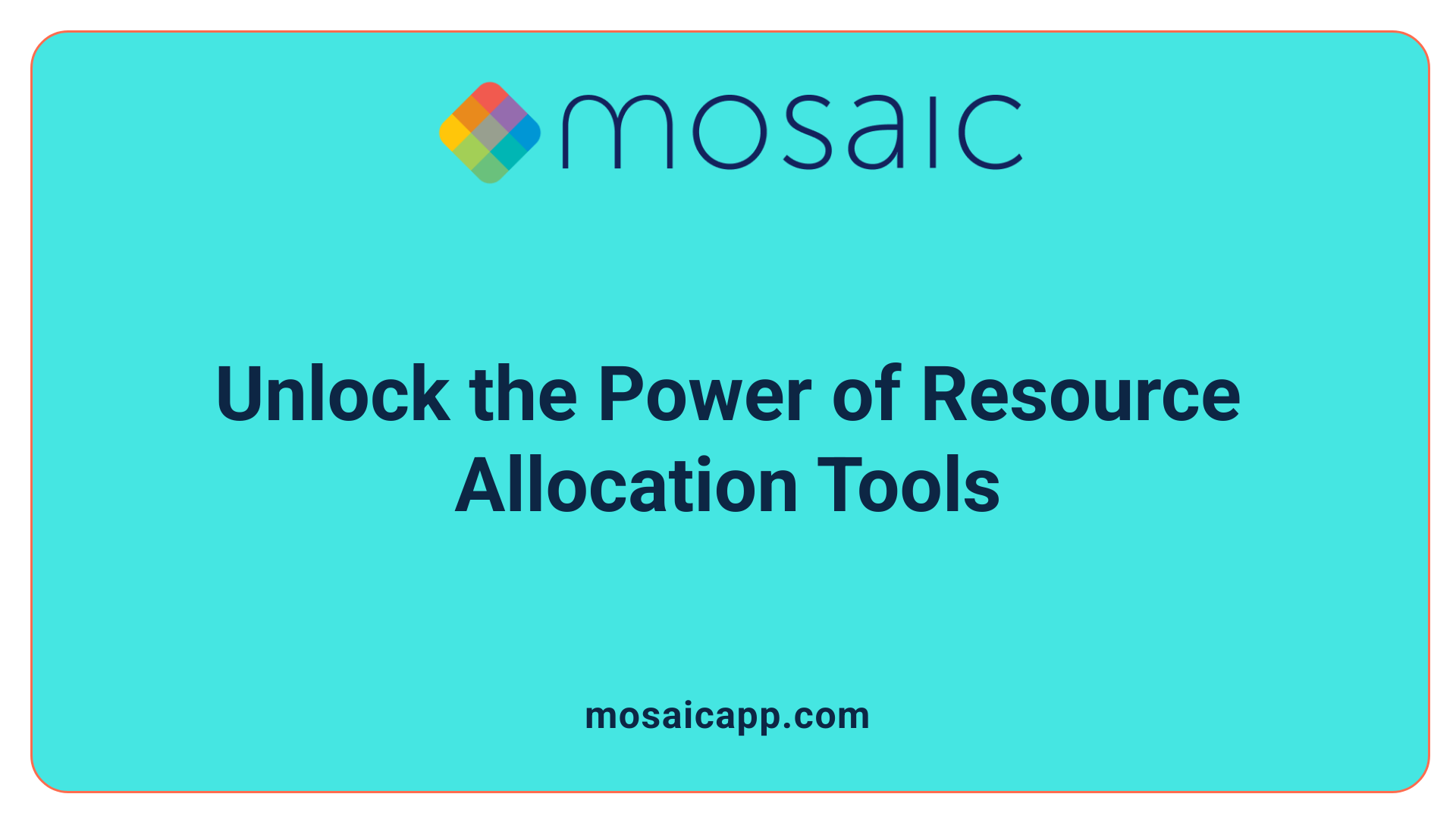 Resource allocation tools are essential for developing high-performing teams by optimizing how resources—such as personnel, time, and budgets—are managed across projects.
Resource allocation tools are essential for developing high-performing teams by optimizing how resources—such as personnel, time, and budgets—are managed across projects.
One of the primary capabilities of these tools is their visualization features. They commonly include Gantt charts, Kanban boards, and comprehensive dashboards that offer real-time insights into resource availability, project timelines, and workload distribution. These visual elements help managers quickly understand where resources are over- or under-utilized, making it easier to allocate tasks efficiently.
Beyond visualization, capacity planning and workload forecasting are vital functionalities. They allow managers to predict future resource demands based on current project progress and upcoming deadlines. Scheduling tools further support this by enabling precise planning of task timelines and resource deployment, including leave management, to prevent bottlenecks and overbooking.
Reporting and performance analysis features are equally important. They provide detailed reports on resource utilization, project performance, and team productivity. This data facilitates informed decision-making, identifying areas for improvement and ensuring that projects stay on track.
Many modern resource management solutions incorporate artificial intelligence to enhance their functionalities. AI-powered features such as automatic task prioritization, skill matching, and scenario analysis help optimize resource deployment. For example, AI can suggest the best team members for specific tasks based on their skills and availability, or forecast risks that could impact project timelines.
Collaboration features also play a crucial role. Centralized dashboards, communication tools, and progress tracking foster transparency and team engagement. These elements enable teams to coordinate more effectively, respond swiftly to project changes, and stay aligned on goals.
Overall, resource allocation tools combine visualization, planning, scheduling, reporting, and AI-driven insights to support the strategic development of high-performing teams. They reduce waste, enhance productivity, and foster a proactive approach to project management, ensuring organizations can meet their objectives efficiently.
The Strategic Role of Visualization and Planning in Effective Resource Allocation
How can resource allocation tools improve team productivity and project efficiency?
Resource allocation tools are vital for boosting team productivity and ensuring project success. They provide a clear, real-time view of team members' availability, skills, and workloads, allowing managers to assign tasks more effectively. This transparency helps prevent overbooking or underutilization of resources, which can lead to delays or burnout.
By integrating forecasting features, these tools predict future workloads and identify potential bottlenecks before they impact the project. Scenario analysis capabilities allow teams to explore different project plans, assess resource needs, and make informed decisions tailored to shifting priorities.
Tools like Epicflow and Motion exemplify this approach, offering automatic task prioritization, workload forecasting, and proactive alerts. Their ability to integrate with various enterprise systems ensures smooth data flow and communication. This comprehensive visibility and planning streamline workflows, reduce errors associated with manual scheduling, and facilitate strategic resource management.
Ultimately, these features support more organized and responsive project management, leading to higher productivity, balanced workloads, and better project outcomes.
Epicflow and Motion: Revolutionizing Resource Management with AI
How do Epicflow and Motion utilize AI to enhance resource management?
Epicflow and Motion leverage artificial intelligence to transform traditional resource planning into more dynamic and proactive processes. Epicflow’s AI-powered platform emphasizes workload balancing and bottleneck prevention, ensuring resources are allocated efficiently across complex projects. Its features include automatic task prioritization, a resource allocation advisor, and workload forecasting, all driven by intelligent algorithms that adapt to project needs.
Similarly, Motion incorporates AI for intelligent auto-scheduling and predictive project management. Its proactive alerts notify teams of potential delays, allowing for timely adjustments. These tools automate routine tasks, optimize resource utilization, and help maintain project momentum.
How do automatic task prioritization and workload balancing work?
Epicflow’s automatic task prioritization sorts tasks based on their importance, deadlines, and resource availability. This ensures that team efforts are focused on critical activities first, reducing project delays. Its workload balancing features distribute tasks evenly among team members, preventing overwork and underuse.
Motion’s auto-scheduling analyzes project data and team capacity to assign tasks efficiently. It continuously updates schedules in real-time as project variables change, ensuring balanced workloads and aligning resource availability with project demands.
What are the integration capabilities of these tools with enterprise systems?
Both Epicflow and Motion support seamless integration with popular enterprise tools. Epicflow connects with platforms like Jira, MS Project, Oracle Primavera, and SAP, facilitating resource management within complex organizational ecosystems. This ability to synchronize with existing project and ERP systems simplifies data sharing and collaboration.
Motion also integrates with widely used project management and communication tools, enabling smooth automation and coordinated workflows. These integrations ensure that organizations can adopt AI-powered solutions without disrupting their current processes.
Who can benefit most from these solutions?
Epicflow and Motion are best suited for medium to large organizations involved in complex industries such as defense, aerospace, manufacturing, healthcare, and software development. Their advanced features cater to environments that require meticulous resource planning, high levels of collaboration, and real-time decision-making.
Organizations managing multiple ongoing projects with intricate interdependencies will find these tools invaluable. They help streamline resource allocation, reduce delays, and improve overall project performance.
Considerations for selecting resource management software
When choosing tools like Epicflow or Motion, consider core functionalities including capacity planning, real-time visibility, and demand forecasting. Ease of use, integration capabilities, scalability, and customer support are also crucial. Ensuring the software aligns with your technical infrastructure and future growth plans will maximize ROI.
In summary, AI-enhanced resource management solutions like Epicflow and Motion offer powerful features that enable organizations to optimize resource utilization, adapt swiftly to project changes, and maintain high performance across complex portfolios.
The Significance of Workload Management in High-Performing Teams
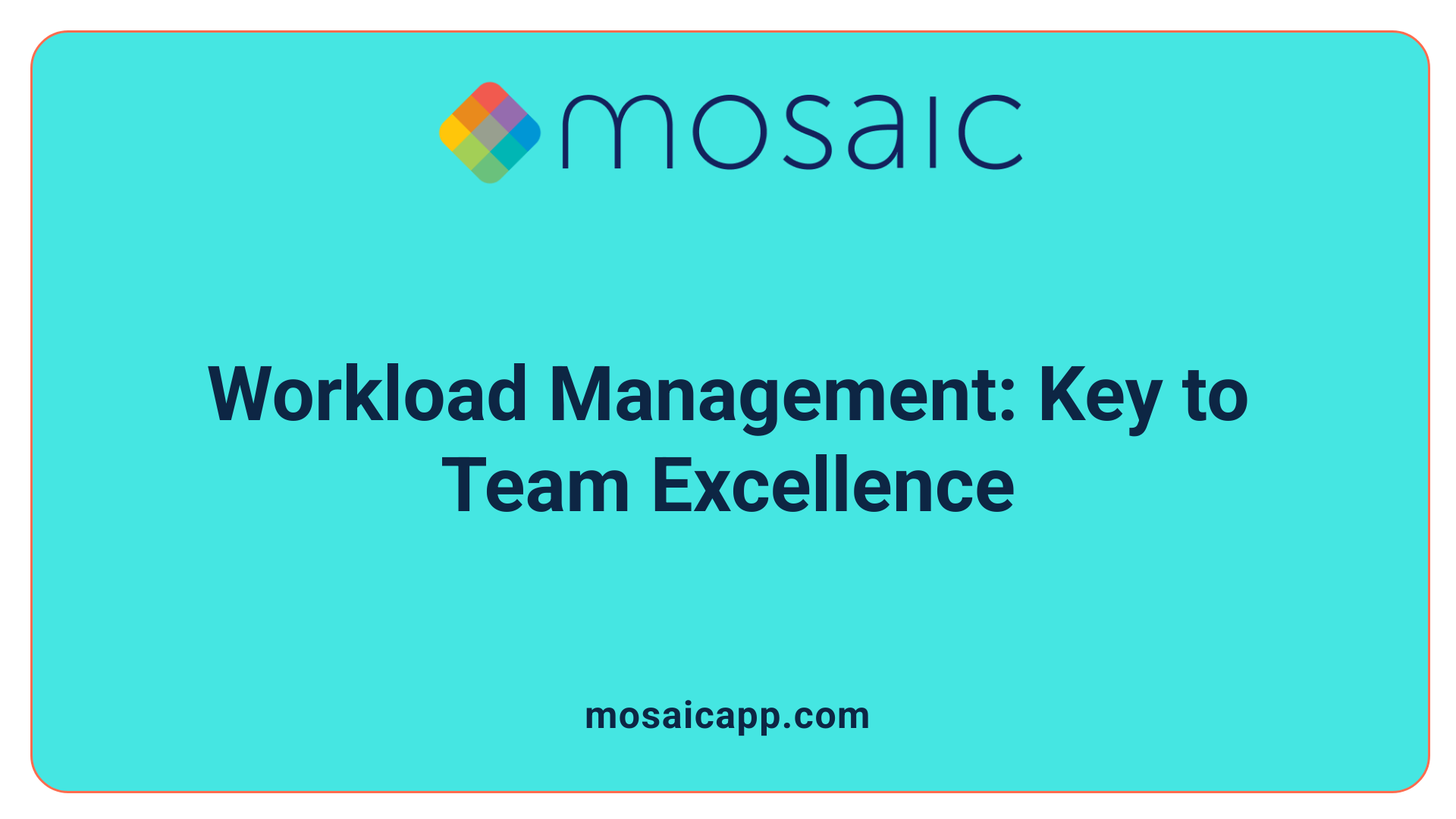 Effective workload management plays a vital role in building and maintaining high-performing teams. It begins with balancing workloads based on individual skills and availability, ensuring that tasks are assigned appropriately and that no team member is overwhelmed or underused. Advanced resource allocation tools like Teamhood, Epicflow, and Motion help visualize team capacity, forecast workloads, and automate scheduling. These technologies enable managers to distribute responsibilities intelligently, considering each member's expertise and current workload.
Effective workload management plays a vital role in building and maintaining high-performing teams. It begins with balancing workloads based on individual skills and availability, ensuring that tasks are assigned appropriately and that no team member is overwhelmed or underused. Advanced resource allocation tools like Teamhood, Epicflow, and Motion help visualize team capacity, forecast workloads, and automate scheduling. These technologies enable managers to distribute responsibilities intelligently, considering each member's expertise and current workload.
Preventing burnout and underutilization is critical for sustaining team performance. Overworked employees risk health issues and decreased productivity, while underutilized team members may feel undervalued and disengage. Proper workload management promotes equitable task distribution, with real-time insights allowing supervisors to adjust assignments when needed. For instance, Epicflow’s AI-driven recommendations and Motion’s proactive alerts alert managers to potential overloads before they impact performance.
Fostering trust and accountability relies on transparency and open communication about workloads. When team members see that resources are allocated fairly and efficiently, trust in leadership increases. Using project management and recognition platforms like Bonusly reinforces a culture of appreciation and shared commitment. When workloads are balanced, team members are more likely to feel secure, motivated, and responsible for their roles.
Resource and workload management contribute significantly to high team performance by ensuring optimal use of skills and time, preventing burnout, and cultivating a culture of trust. The use of integrated tools and strategies supports teams in achieving consistent success, fostering innovation, and maintaining long-term excellence.
Effective Strategies for Resource Allocation in Team Building
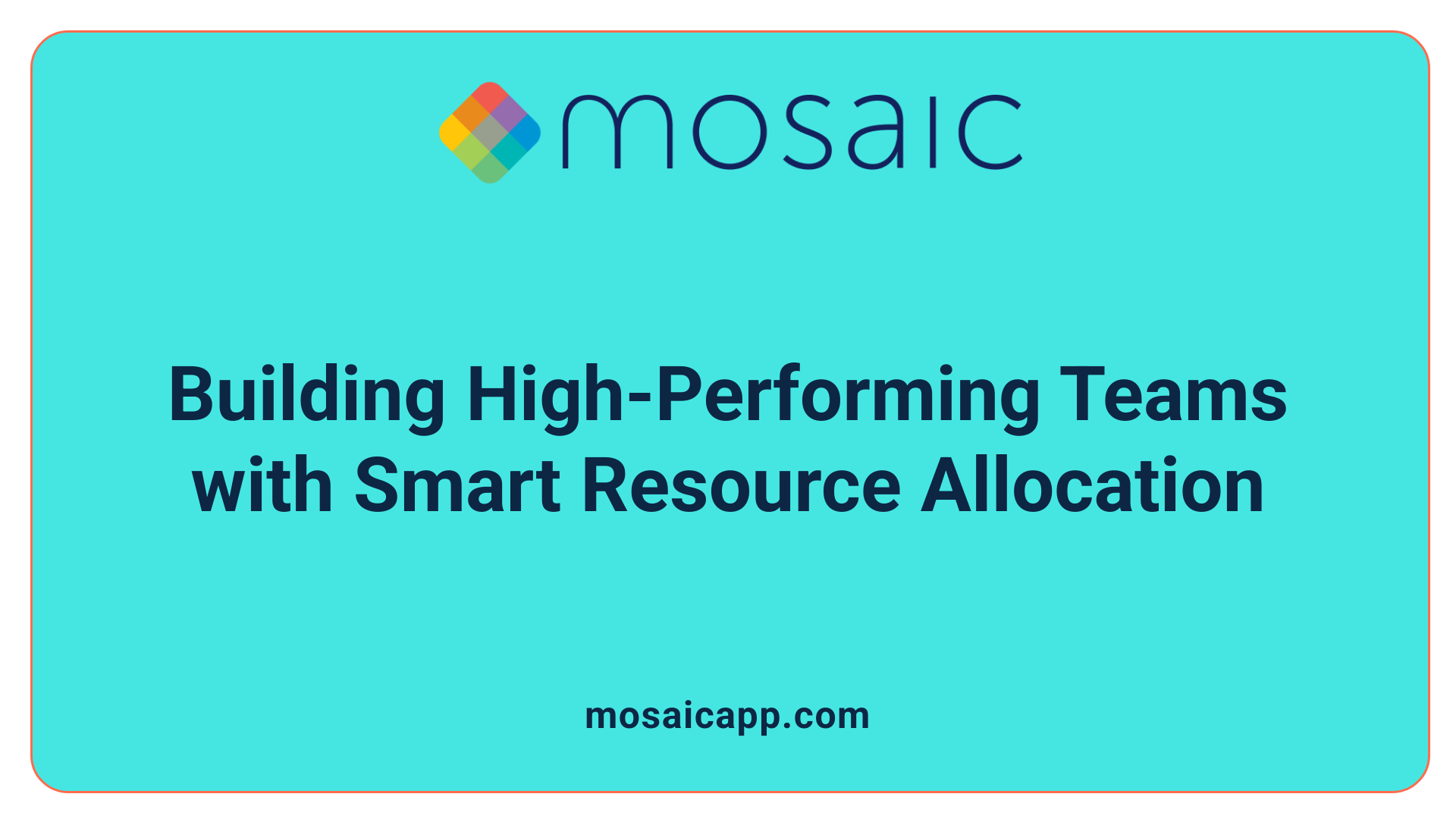
What are best practices and strategies for effective resource allocation in building high-performing teams?
Building successful, high-performing teams hinges on strategic resource allocation that aligns closely with organizational objectives. A well-planned approach involves prioritization, capacity planning, and flexible scheduling to adapt to changing project demands.
One essential practice is utilizing specialized tools such as resource management platforms—like Teamhood, Epicflow, or Motion—that offer features such as workload balancing, real-time capacity views, and forecasting. These tools help managers visualize team capacity, identify potential bottlenecks, and allocate resources efficiently.
Prioritization involves determining which tasks and projects are most critical, and then ensuring resources are directed accordingly. Capacity planning ensures that team members are neither overbooked nor underused, maintaining productivity without burnout. Flexible scheduling allows adjustments to be made swiftly if project scopes shift or unexpected challenges emerge.
Promoting open communication and transparency is equally important. Regular updates and collaborative planning foster trust among team members and stakeholders. This transparency also facilitates swift adjustments—if workload spikes or resources become constrained, teams can reallocate effectively.
In addition, cross-training team members increases flexibility. When employees acquire diverse skills, they can fill multiple roles as needed, reducing dependency on specific individuals and increasing resilience.
Performance-based resource allocation means assigning resources based on skills, experience, and current performance metrics. This targeted approach enhances efficiency and team member engagement.
Regular review sessions are vital. Monitoring resource usage through reports and performance metrics helps identify issues early. Setting clear objectives and involving relevant stakeholders ensures alignment of efforts and expectations.
In summary, effective resource allocation combines strategic planning, advanced tools, transparent communication, cross-training, and continuous evaluation. Together, these strategies foster an environment where teams can operate efficiently—driving productivity, innovation, and sustained success.
Supporting Multi-Project Management through Resource Solutions
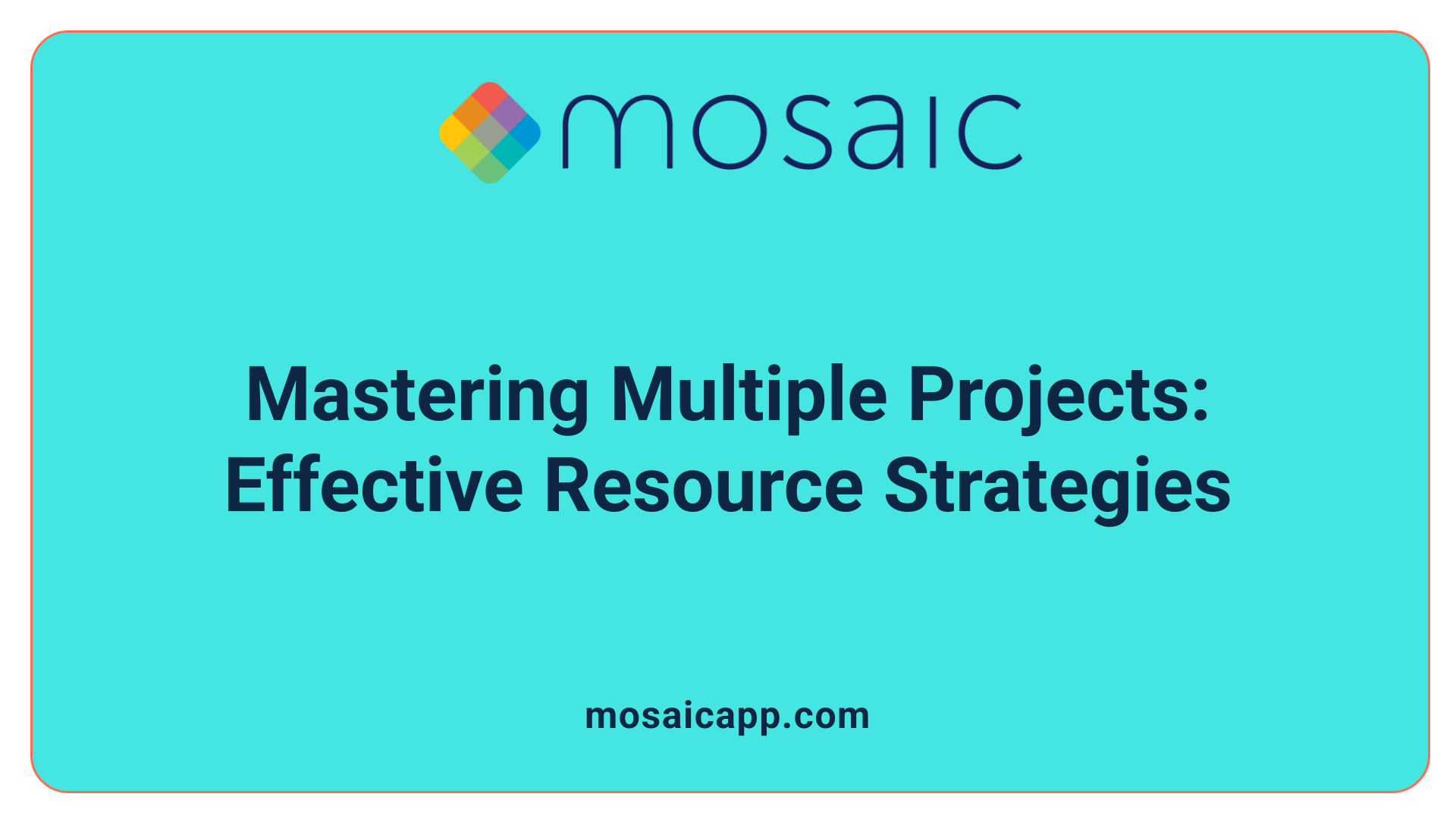 'Resource allocation tools are essential for managing multiple projects simultaneously, offering centralized planning features that provide comprehensive visibility into resource availability and project demands.
'Resource allocation tools are essential for managing multiple projects simultaneously, offering centralized planning features that provide comprehensive visibility into resource availability and project demands.
These tools allow organizations to see who is working on what and when, helping to avoid overallocation and resource conflicts across various initiatives.
Prioritization capabilities are integrated into many solutions, enabling project managers to allocate resources based on project importance and urgency. This ensures that critical tasks receive the necessary attention, while less urgent work can be rescheduled or scaled back, optimizing overall workload distribution.
Techniques such as resource leveling and smoothing are employed to create balanced schedules. These methods adjust task timelines based on resource capacity—reducing bottlenecks and preventing overcommitment—thereby promoting a steady, manageable workload among teams.
Furthermore, these solutions track skills, capacities, and utilization across multiple projects. By monitoring these factors, managers can deploy their teams more effectively, addressing demand-capacity gaps early and aligning workforce skills with project needs.
In summary, resource management platforms support multi-project environments by providing tools that enhance coordination, ensure efficient utilization of resources, and facilitate successful project delivery within budget and time constraints.'}#}]]}】}}end of response.})}]]}
The Future of Resource Allocation: AI and Automation
Emerging AI technologies in resource management
The integration of artificial intelligence (AI) into resource and workload management is transforming how organizations optimize their teams. Advanced AI algorithms now analyze complex project data to identify patterns and suggest the most efficient ways to assign tasks and allocate resources. Platforms like Epicflow and Motion leverage AI to offer automatic task prioritization, workload balancing, and proactive project alerts. These technologies facilitate smarter decision-making by providing insights that were previously difficult to uncover manually.
Automated decision-making and task scheduling
Automation in resource allocation streamlines routine processes, reducing manual effort and human error. AI-powered tools can automatically schedule tasks based on priority, team availability, and skill sets, ensuring an optimized workflow. Motion, for example, offers intelligent auto-scheduling that adjusts in real-time to project changes. This automation allows project managers to focus on strategic issues while the system handles day-to-day resource distribution, leading to increased efficiency and more predictable project outcomes.
Predictive analytics for strategic planning
Predictive analytics is another game-changer, enabling organizations to forecast future resource needs and workload fluctuations. By analyzing historical data, these tools can predict potential bottlenecks or delays, supporting proactive adjustments. Epicflow incorporates workload forecasting and scenario analysis to help organizations prepare for various future scenarios, ensuring their resource strategies align with long-term goals.
Integration with enterprise systems
Modern resource management solutions seamlessly integrate with enterprise tools like Jira, MS Project, Oracle Primavera, and SAP. This integration ensures that data flows smoothly across platforms, providing a comprehensive view of project and resource statuses. Such connectivity enhances decision-making by consolidating information, enabling real-time updates, and facilitating coordinated planning across departments.
Importance of effective resource and workload management for teams
Resource and workload management are vital for high-performing teams. They ensure optimal utilization of team capabilities, improve productivity, and boost morale by preventing overload or underuse. Skilled resource allocation fosters trust, encourages innovation, and supports continuous learning. By aligning individual contributions with organizational objectives, these practices create a culture of collaboration that sustains high performance over time.
Integrating Recognition and Performance Management to Build Teams
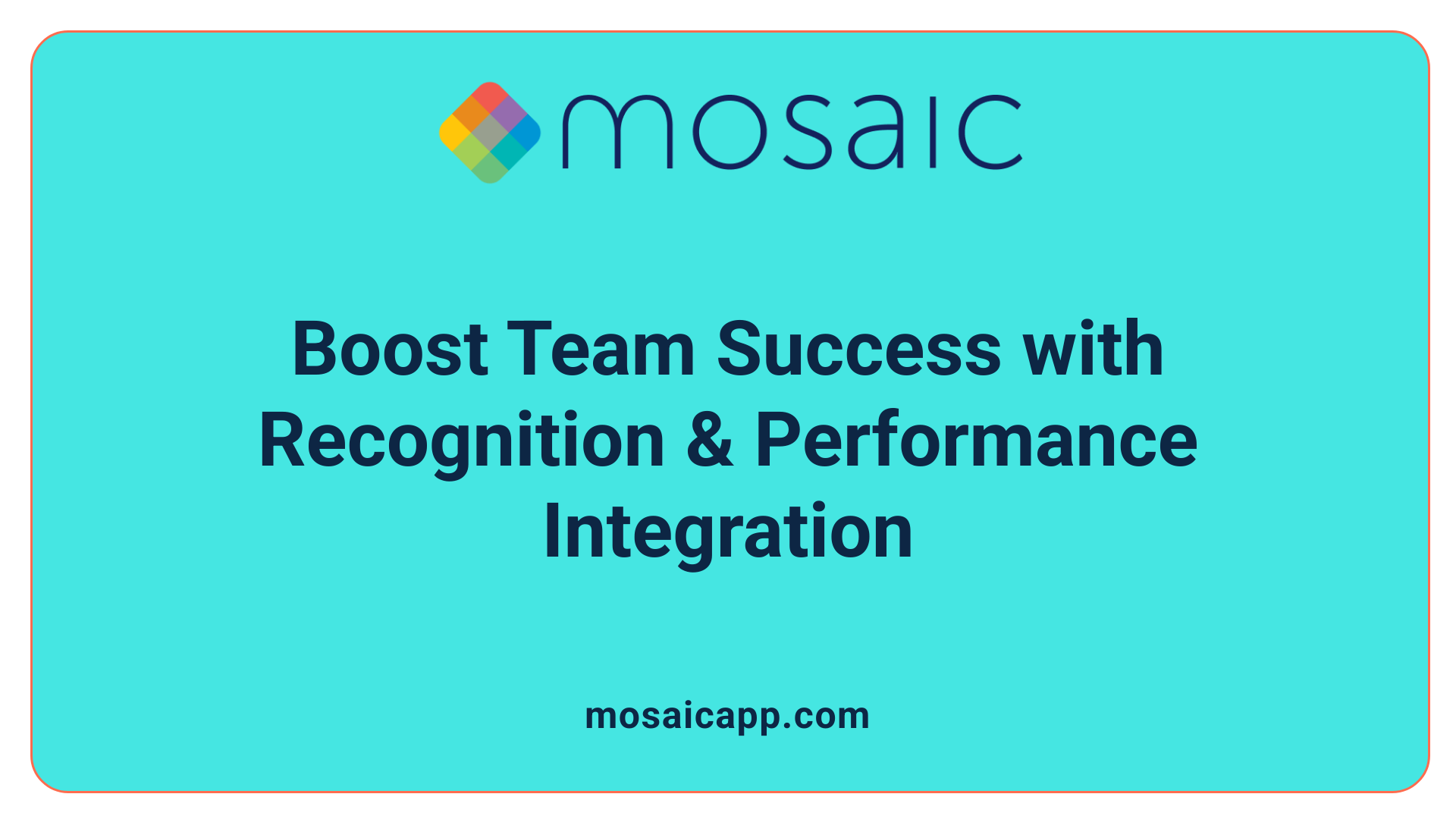
How can resource allocation tools improve team productivity and project efficiency?
Resource allocation tools have become essential for effective team management and project success. They provide a clear view of how resources—such as personnel, equipment, and time—are distributed across projects. By offering real-time data on team capacity, these tools help managers assign tasks more wisely, avoiding overbooking or underuse.
Automation features, like workload forecasting and scenario planning, allow teams to anticipate potential bottlenecks and reallocate resources proactively. Integrating with project management platforms such as Jira, MS Project, and enterprise systems enables seamless data flow, making resource planning more accurate. This streamlined approach reduces mistakes associated with manual scheduling and enhances communication among team members.
The result is a more organized workflow where projects are completed on time and within budget. Teams work smarter and more efficiently because they are supported by tools that optimize resource use and provide strategic insights, ultimately boosting overall productivity and project performance.
Conclusion: Strategic Resource Allocation as the Foundation for High-Performing Teams
Effective resource allocation, supported by advanced tools that offer comprehensive visualization, AI-driven insights, and collaborative functionalities, is fundamental in building and maintaining high-performing teams. Organizations that prioritize strategic planning, continuous monitoring, and flexible management of resources create an environment where teams thrive, innovate, and deliver exceptional results. By embracing these technologies and best practices, businesses can ensure their workforce remains agile, motivated, and aligned with organizational objectives, securing a competitive edge in their industry.
References
- Best Resource Allocation Tools: 8 Tested & ...
- 15 Best Workload Management Tools for Team Efficiency ...
- 5 best resource management tools (tested & ranked)
- Manager's Toolkit for Building High-Performing Teams
- 7 Powerful Resource Scheduling Benefits for Project ...
- 6 Resource Planning Tools and Their Benefits
- Resource management software: Planning and allocation ...
- Why Use Resource Management Software? 6 Benefits & ...
- Resource allocation: Benefits, steps, and best practices


